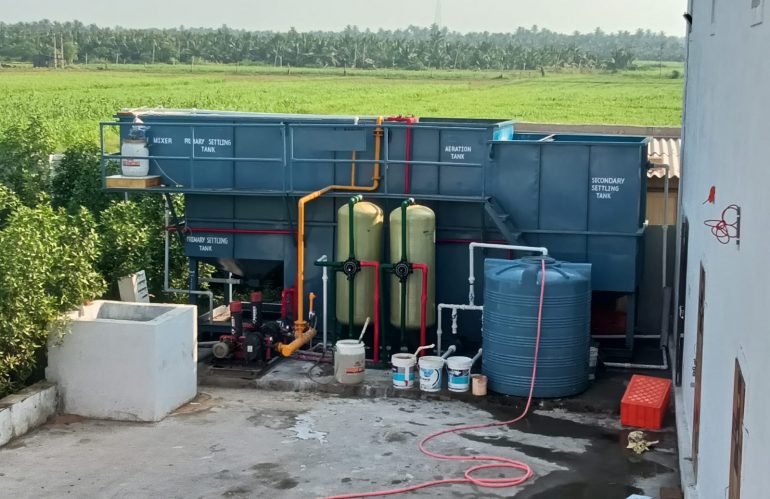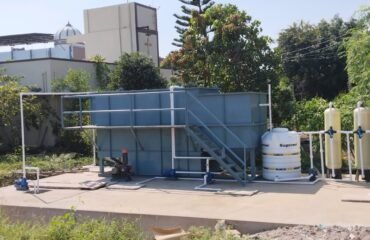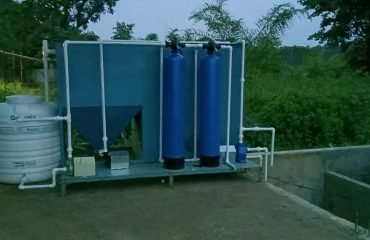Mangalore, a coastal city in Karnataka, India, renowned for its picturesque landscapes and vibrant culture, is making significant strides in environmental sustainability through the establishment and operation of state-of-the-art Sewage Treatment Plants (STPs).
The Vital Role of Sewage Treatment Plants
Sewage Treatment Plants, commonly referred to as STPs, are essential components of modern urban infrastructure. Their primary function is to treat and manage wastewater effectively, ensuring public health, protecting the environment, and promoting sustainable water use.
Why Mangalore Invests in STPs
Mangalore’s commitment to investing in Sewage Treatment Plants is driven by several compelling factors:
- Urban Growth: Like many Indian cities, Mangalore is experiencing rapid urbanization, resulting in a higher population density and increased wastewater generation. STPs are crucial for maintaining hygiene and managing wastewater efficiently in this growing urban landscape.
- Coastal Ecosystem: Mangalore’s unique geographical location along the Arabian Sea makes its coastal ecosystem particularly sensitive to pollution. STPs play a pivotal role in treating sewage and industrial effluents, ensuring that the pristine coastal environment remains unharmed.
- Industrial Hub: Mangalore is home to a range of industries, including petrochemicals, refineries, and manufacturing. These industries generate substantial wastewater that needs proper treatment to prevent pollution and protect local water resources.
Functioning of STPs
Sewage Treatment Plants in Mangalore follow a structured process to treat wastewater effectively. Here is an overview of their typical operations:
1. Primary Treatment
The primary treatment phase involves physical processes such as screening and sedimentation. During this phase, large solids and debris are removed from the sewage, reducing the organic load on subsequent treatment stages.
2. Secondary Treatment
Secondary treatment employs biological processes, where microorganisms break down organic matter present in the sewage. This step significantly reduces the levels of biological oxygen demand (BOD) and chemical oxygen demand (COD) in the wastewater.
3. Tertiary Treatment
Tertiary treatment represents an advanced stage that further enhances the quality of the effluent. This may include processes such as filtration, chemical treatment, and disinfection to remove any remaining impurities.
4. Discharge or Reuse
The treated sewage can either be safely discharged into the sea, adhering to stringent regulatory standards, or repurposed for non-potable applications like irrigation, landscaping, or industrial processes.
Advantages of Sewage Treatment Plants
Mangalore stands to gain several advantages from its investment in STPs:
- Environmental Conservation: STPs are instrumental in safeguarding Mangalore’s environment, ensuring that wastewater is treated to meet rigorous environmental standards and preventing the contamination of natural resources.
- Resource Efficiency: By recycling and reusing treated wastewater, Mangalore reduces its reliance on freshwater sources, making water resources more sustainable and available for various needs.
- Supporting Sustainable Growth: Sewage Treatment Plants enable Mangalore to accommodate urban growth while maintaining a clean and healthy living environment for its residents.
In Conclusion
Sewage Treatment Plants in Mangalore are not just infrastructure; they represent the city’s dedication to sustainable growth and environmental preservation. These facilities ensure that Mangalore continues to flourish as a beautiful coastal city, offering its residents a high quality of life while safeguarding its natural treasures along the Arabian Sea.






